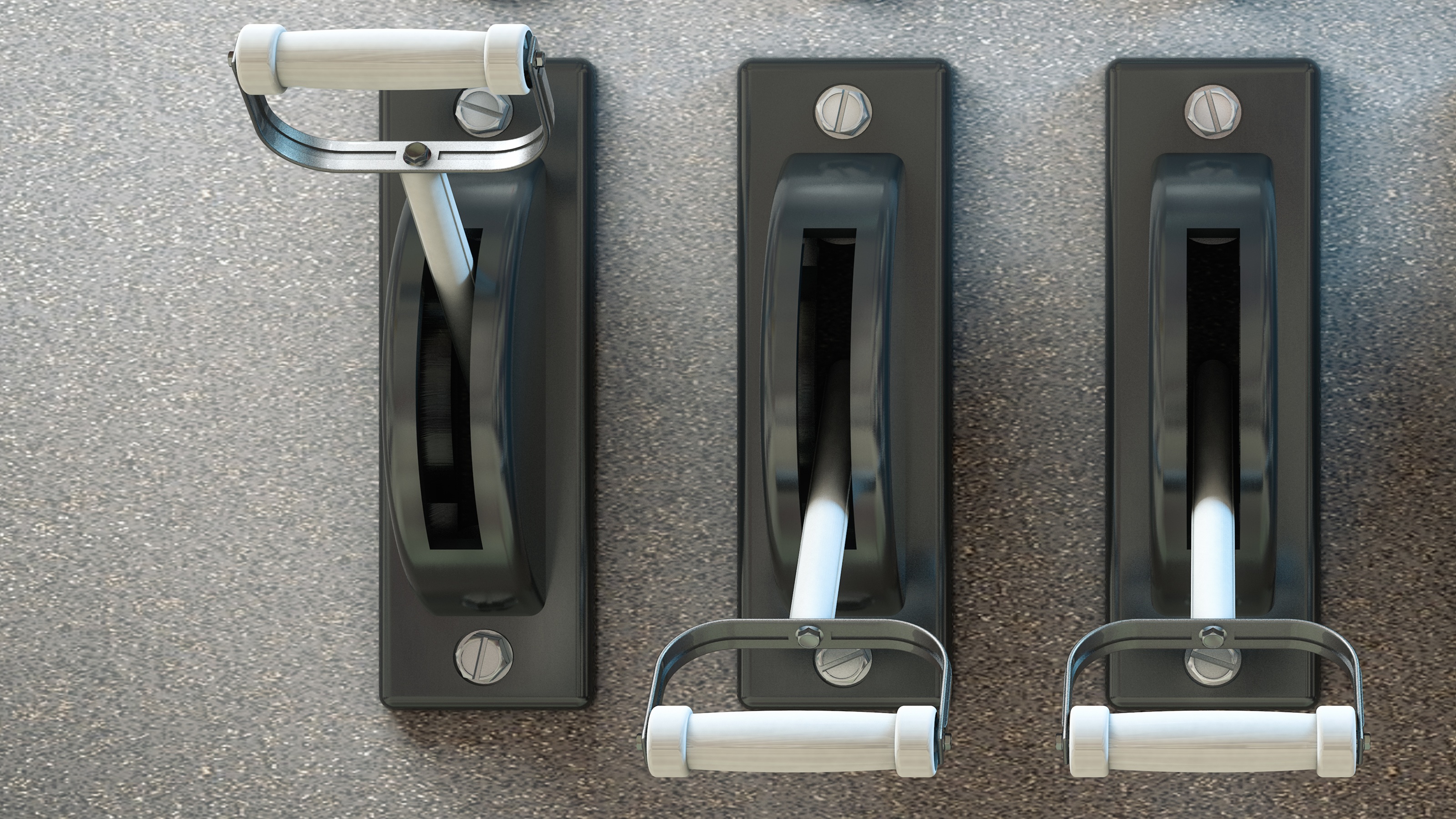Your Secret Weapon to Help Win the Retirement Saving Battle: Roth 401(k)
Thanks to their unique tax benefits and the higher amounts you can contribute, Roth 401(k)s have a lot going for them, when compared to their traditional 401(k) counterparts.


If you view saving for retirement as a battle, then Roth 401(k) contributions could be your secret weapon.
At our firm, we often find that our clients never realized that a Roth 401(k) was a component they could include in their retirement arsenal. In fact, some investors may be missing out on a savings vehicle that can benefit people in different tax brackets.
Contributions to traditional 401(k)s are made on a pre-tax basis, which means those contributions are subtracted from your taxable income. However, when you begin withdrawing the money in retirement, the money — plus any gains it has earned over the years — is subject to income tax at whatever your income tax rate is at that time. Contributions to Roth 401(k)s, on the other hand, are made with money you’ve already paid taxes on, but when you go to make withdrawals in retirement, they are tax-free.
From just $107.88 $24.99 for Kiplinger Personal Finance
Be a smarter, better informed investor.

Sign up for Kiplinger’s Free Newsletters
Profit and prosper with the best of expert advice on investing, taxes, retirement, personal finance and more - straight to your e-mail.
Profit and prosper with the best of expert advice - straight to your e-mail.
This is where it takes some planning and working with your qualified professionals to help estimate where your tax rate might be. If, after that analysis, you determine your tax rate would be the same or higher in the future, then you have to ask yourself, “Why am I deferring taxes on my income and then increasing that amount by compound interest only to pay the same tax rate or higher in the future?”
More Retirement Income
The most common rule of thumb is that the average person will need approximately 80% of their pre-retirement income to sustain the same lifestyle after they retire. But let your budget be your guide. However, not knowing for certain what your tax rates will be in the future, it would seem that saving for retirement should at least partially be done on a post-tax basis.
An anecdote that is commonly used when trying to understand this concept is to imagine you are a farmer. Would you prefer to pay taxes on the small seed you plant or on the entire harvest of your crop? Saving for retirement using a Roth could be like paying income tax on your seed but being able to reap your entire harvest tax-free.
Another benefit of Roth 401(k) contributions is that the maximum limit is much higher than with Roth IRA contributions. For those under age 50, the maximum Roth IRA contribution is $6,000; for those 50 and older, the max is $7,000. Compare that to Roth 401(k)s, where the maximum contribution for those under 50 is $19,500, and the max for those 50 and above is $26,000.
One other important way that Roth IRAs and Roth 401(k)s differ involves the income limits to qualify. There are income limitations for those considering a Roth IRA contribution. If you are single, for 2021 the phaseout of contributions begins from $125,000 to $140,000 in annual income. If you are married filing jointly, the phaseout begins at $198,000 to $208,000. But Roth 401(k) contributions have no income limitations whatsoever. So, if you are a high-income earner, a Roth 401(k) can be your secret weapon for after-tax savings.
Looking at the Numbers
Let’s take a closer look at the numbers. In this comparison, we will look at Roth 401(k) savings vs. traditional 401(k) pre-tax savings. Let’s make some broad assumptions. In Scenario 1, we assume you will be in the same tax bracket of 24% pre- and post-retirement, you are earning a 7% rate of return on your investments, and you are saving $19,500 for the next 30 years.
It’s important to note in this scenario that all parameters are equal. By just electing to save into a Roth vs. traditional 401(k), your after-tax balance on your Roth would be $1,911,105, vs. $1,834,722 for the traditional 401(k). That’s $76,383 more in your pocket by just checking a box — not a bad return on your time investment.
Scenario 2: Now let’s look at the same parameters, but let’s assume that you will be in a higher tax rate in retirement. For this, we will increase your tax bracket from 24% pre-retirement to a 32% tax bracket in retirement. With a Roth 401(k), you end up with a whopping $254,733 more in your pocket after-tax than you’d have if you invested in a traditional 401(k) — or $1,911,105 million for a Roth vs. $1,656,372 for a traditional 401(k). What could you potentially do with $254,733 in retirement?
Now let’s put the final ammunition in your secret weapon. Roth distributions in retirement are not considered adjusted gross income, which could mean keeping your Medicare premiums lower. This is because your Medicare premiums are determined by your AGI, which would be higher if your distributions were coming from a pre-tax 401(k) contribution vs. a Roth 401(k). Keep in mind that standard Medicare premiums in 2021 are $148.50 per month, but as your AGI rises, they can surge to up to $504.90 per month.
So, in your battle to save enough for retirement, be sure you are using all the weapons in your arsenal — especially what could be your secret weapon: Roth 401(k) contributions.
Dan Dunkin contributed to this article.
The appearances in Kiplinger were obtained through a PR program. The columnist received assistance from a public relations firm in preparing this piece for submission to Kiplinger.com. Kiplinger was not compensated in any way.
Profit and prosper with the best of Kiplinger's advice on investing, taxes, retirement, personal finance and much more. Delivered daily. Enter your email in the box and click Sign Me Up.

Emanuel Avina is a Registered Investment Adviser and the founder and president of Avina Financial Group Inc. He has been in the financial industry since 2007 and holds numerous securities licenses along with life, health and annuity licenses.
-
 Stocks Sink with Meta, Microsoft: Stock Market Today
Stocks Sink with Meta, Microsoft: Stock Market TodayAlphabet was a bright light among the Magnificent 7 stocks today after the Google parent's quarterly revenue topped $100 billion for the first time.
-
 The Original Property Tax Hack: Avoiding The ‘Window Tax’
The Original Property Tax Hack: Avoiding The ‘Window Tax’Property Taxes Here’s how homeowners can challenge their home assessment and potentially reduce their property taxes — with a little lesson from history.
-
 Five Downsides of Dividend Investing for Retirees, From a Financial Planner
Five Downsides of Dividend Investing for Retirees, From a Financial PlannerCan you rely on dividend-paying stocks for retirement income? You'd have to be extremely wealthy — and even then, the downsides could be considerable.
-
 I'm a CPA: Control These Three Levers to Keep Your Retirement on Track
I'm a CPA: Control These Three Levers to Keep Your Retirement on TrackThink of investing in terms of time, savings and risk. By carefully monitoring all three, you'll keep your retirement plans heading in the right direction.
-
 Debunking Three Myths About Defined Outcome ETFs (aka Buffered ETFs)
Debunking Three Myths About Defined Outcome ETFs (aka Buffered ETFs)Defined outcome ETFs offer a middle ground between traditional equity and fixed-income investments, helping provide downside protection and upside participation.
-
 This Is Why Judge Judy Says Details Are Important in Contracts: This Contract Had Holes
This Is Why Judge Judy Says Details Are Important in Contracts: This Contract Had HolesA couple's disastrous experience with reclaimed wood flooring led to safety hazards and a lesson in the critical importance of detailed contracts.
-
 A Lesson From the School of Rock (and a Financial Adviser) as the Markets Go Around and Around
A Lesson From the School of Rock (and a Financial Adviser) as the Markets Go Around and AroundIt's hard to hold your nerve during a downturn, but next time the markets take a tumble, remember this quick rock 'n' roll tutorial and aim to stay invested.
-
 I'm a Financial Pro: This Is How You Can Guide Your Heirs Through the Great Wealth Transfer
I'm a Financial Pro: This Is How You Can Guide Your Heirs Through the Great Wealth TransferFocus on creating a clear estate plan, communicating your wishes early to avoid family conflict, leaving an ethical will with your values and wisdom and preparing them practically and emotionally.
-
 To Reap the Full Benefits of Tax-Loss Harvesting, Consider This Investment Strategist's Steps
To Reap the Full Benefits of Tax-Loss Harvesting, Consider This Investment Strategist's StepsTax-loss harvesting can offer more advantages for investors than tax relief. Over the long term, it can potentially help you maintain a robust portfolio and build wealth.
-
 Social Security Wisdom From a Financial Adviser Receiving Benefits Himself
Social Security Wisdom From a Financial Adviser Receiving Benefits HimselfYou don't know what you don't know, and with Social Security, that can be a costly problem for retirees — one that can last a lifetime.